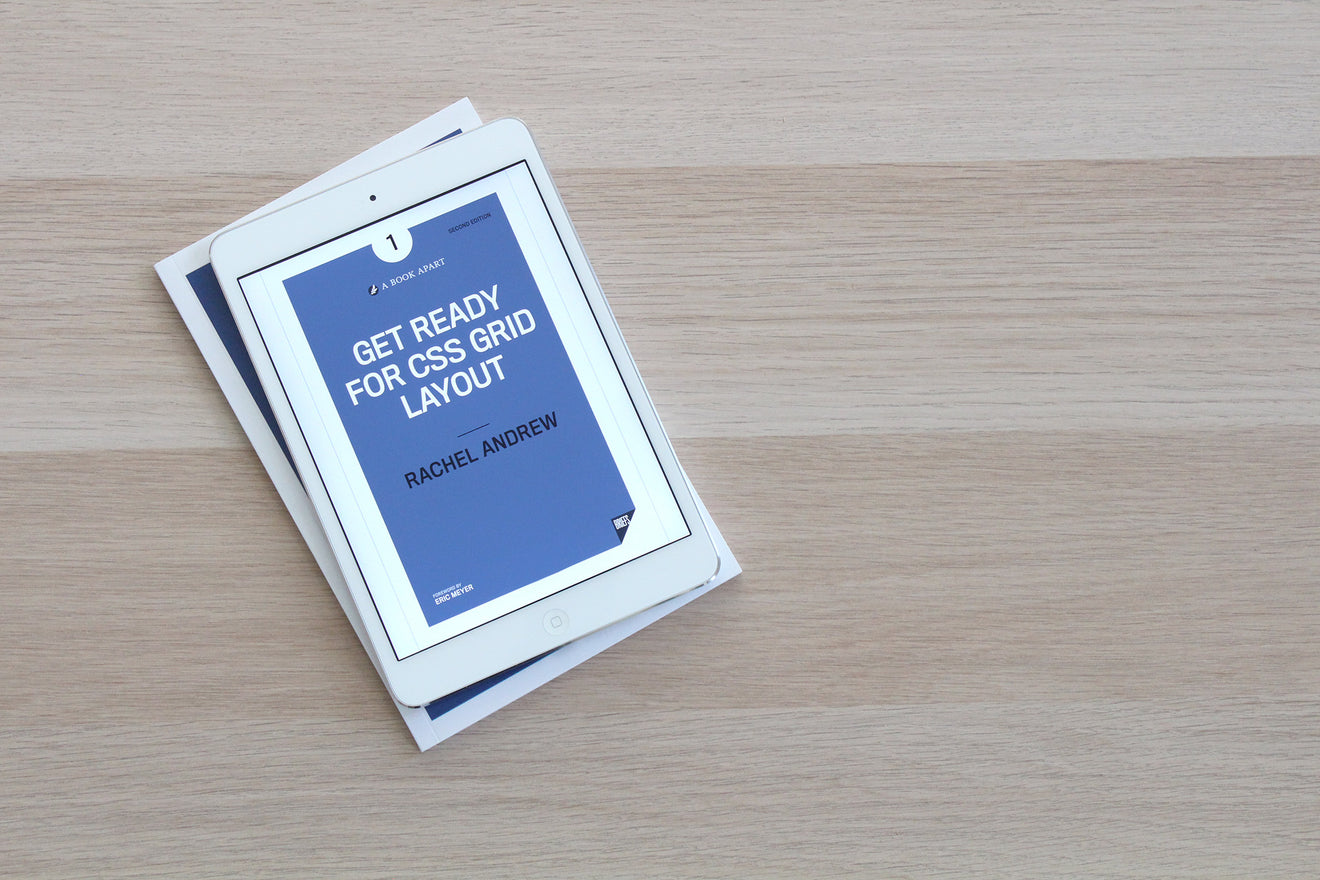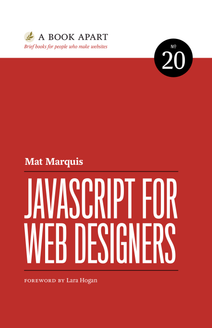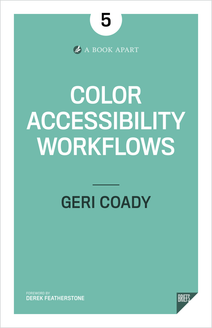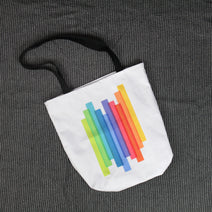
Get Ready for CSS Grid Layout
foreword by Eric Meyer
Get this book
Please reach out to this book’s author to inquire about availability.
A Book Apart no longer sells or distributes books.
By the time CSS Grid Layout was supported by all major browsers in 2017, Rachel Andrew had already thoroughly parsed the spec and, with the release of the first edition of Get Ready for CSS Grid Layout in 2016, helped legions of readers put the new two-dimensional layout system to work in their designs.
CSS Grid Layout, also known simply as Grid, tamed CSS’ longtime Achilles’ heel: layout. Now that the technique has matured, Rachel is back with a fresh survey of the landscape—what’s new in the spec, and what’s next for Grid.
What’s New In The Second Edition?
Get up to speed with Level 2 of the specification, which addresses some limitations in the first version of Grid. Learn about the power and potential of subgrid, which makes lining nested grid items up with the main grid straightforward. Play with updated examples and use the code Rachel links to as a springboard for your own explorations. And perhaps most important: equip yourself with knowledge so you can offer feedback on web-platform features, log bugs, and help push the specification forward.
Topics Covered
- What Is CSS Grid Layout?
- Laying Things Out on the Grid
- CSS Grids and Responsive Design
- Grid, Another Tool in Our Kit
- What’s Next for Grid?
Previous NextRachel Andrew’s knowledge of CSS Grid is second to none—and she’s a seasoned educator. So it should come as no surprise that the book in front of you is the absolute clearest, easiest-to-follow guide to getting started with CSS Grid-based layouts. Spend a little over an hour with this brief book and you’ll be authoring modern layouts in no time.
Aaron GustafsonAuthor of Adaptive Web Design
Previous NextIn the time since CSS grid landed in most major browsers, numerous developers have been discovering how much easier it is to create layouts with Grid. This edition has been expanded to include subgrid, and also contains new examples that showcase what is now possible with the latest version of the spec. If you want to fully understand this powerful layout tool, Rachel’s book is one of the best resources you'll find.
Chen Hui JingFront-end designer and founder of Wismut Labs
Previous NextIf you want to understand grid layout (and you do), you should read this book. Mentally making the connection between syntax and finished product is tough at first, and Rachel’s clear explanation and use of diagrams really help conceptualize things. The next generation of CSS developers will laugh at us for not having used grids for layout before—learn the new spec and you’ll be laughing with them.
Chris CoyierCreator of CSS-Tricks and cofounder of CodePen
Product Details
- ISBN: 978-1-937557-91-1
- Paperback: 63 pages
- Published: First Ed. Jan 7, 2016; Second Ed. Aug 26, 2019







